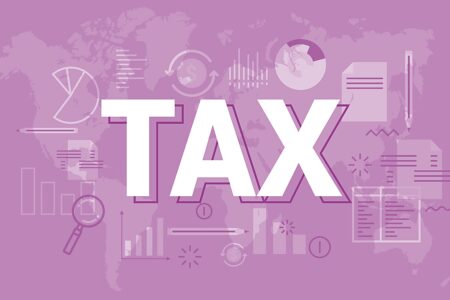When providing or transferring shares to employees or directors, or setting up share option schemes, employers are obliged to notify HMRC through an annual submission (return) process. The deadline for this is the 6 July each year.
1 June 2020
Many companies opt to incentivise and retain staff by giving them shares in the business. These are known as Employment Related Securities (ERS) and can either be tax-advantaged (exempt from tax, enabling tax to be deferred, or offering other types of tax benefits) or non-tax advantaged.
When providing or transferring shares to employees or directors, or setting up share option schemes, employers are obliged to notify HMRC through an annual submission (return) process. They also need to tell HMRC when their ERS scheme ceases.
Timings
The deadline of the annual ERS submission is 6 July following the tax year when the ERS was initiated. The submission was previously done through a paper form called a Form 42, however in recent years it has switched to an online submission.
Note: For Enterprise Management Incentives (EMI) schemes, you must tell HMRC about a grant of an EMI option within 92 days of the date of the grant.
Exemptions
The following schemes and instances are exempt from the ERS submission:
- Share Incentive Plans (SIP)
- Save as You Earn (SAYE)
- Company Share Option Plans (CSOP)
- Inter-family transfers of shares (for example between spouses)
- New incorporations (ie shares issued before the business starts trading)
- If the share transfer is to shareholders who are not employees or directors
You only need to register non-tax advantaged schemes (for example, an employees' share scheme that does not qualify for statutory tax reliefs) when there’s a reportable event, for example acquiring or disposing of securities, or assigning or releasing securities options.
How to complete the submission
Bear in mind that as part of the submission you will need a valuation for the shares transferred or awarded. If the company has been in existence for a period of six months or more and has been trading, the shares are likely to be worth more than when the company was first formed, so it’s best to get an up-to-date, independent valuation.
An agent like an accountant or tax adviser can complete the registration on your behalf.
The process to expect
1. To tell HMRC about your ERS scheme, you will need a Government Gateway user ID and password. If you do not have a user ID, you can create one when you use the service.
2. Within 7 days, you’ll be allocated a scheme reference number. You need to log into ERS online services and ‘View schemes and arrangements’ to see your reference number.
3. You must submit an ERS return for each registered ERS scheme every year, even if there’s no reportable event or fresh activity. This is done through downloading a relevant template from the Government Gateway, completing it and re-uploading it to HMRC. Note, if you adjust any settings in the template it may not re-upload.
Telling HMRC that your ERS scheme has ceased
To tell HMRC about the closure of your ERS scheme, you’ll need the Government Gateway user ID and password you used when you told HMRC about the scheme. You’ll need to give a final event date. You must submit any outstanding returns until the date of cessation.
Beware the penalties
Failure to complete the submission can incur an accumulative scale of penalties. These are:
Initially missing the annual filing deadline: £100
3 months late: £300
6 months late: £300
9 months late: £10 per day
Can we help?
If you need help submitting your annual ERS return or gathering the information and valuation details for it, please do get in touch with one of our specialists.
London: +44 (0)20 7312 0000 or email advice@shipleys.com
Godalming: +44 (0)1483 423607 or email godalming@shipleys.com
Specific advice should be obtained before taking action, or refraining from taking action, in relation to this summary, if you would like advice or further information, please speak to your usual Shipleys contact.
Copyright © Shipleys LLP 2020




















